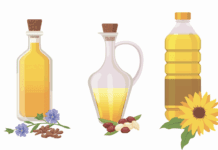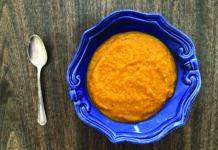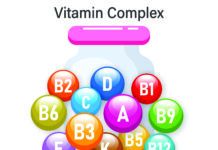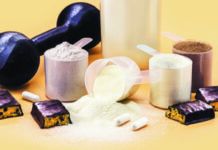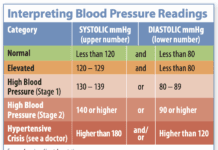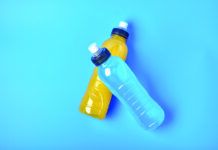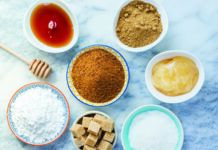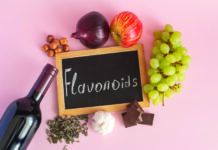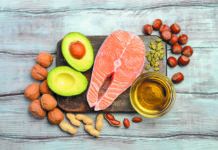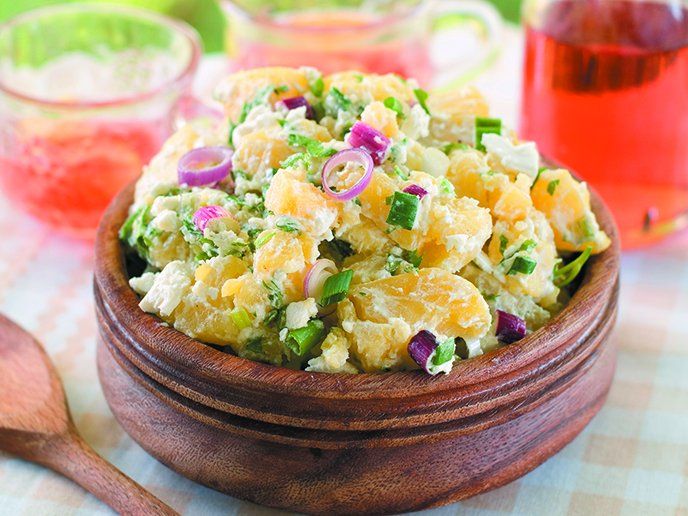Summer is picnic and outdoor barbecue time – which also makes it prime time for foodborne illnesses. Warm, humid weather encourages the growth of bacteria, according to the US Department of Agriculture (USDA), but so can human factors such as lax outdoor sanitation and inadequate refrigeration. The combination causes foodborne illness to spike in summer months.
“It takes only a couple of hours for dangerous bacteria to grow,” says Helen Rasmussen, PhD, RD, senior research dietician at Tufts’ Human Nutrition Research Center on Aging. “Away from your kitchen and refrigerator, cookouts provide ample opportunity for foodborne illnesses.”
Dreamstime.com
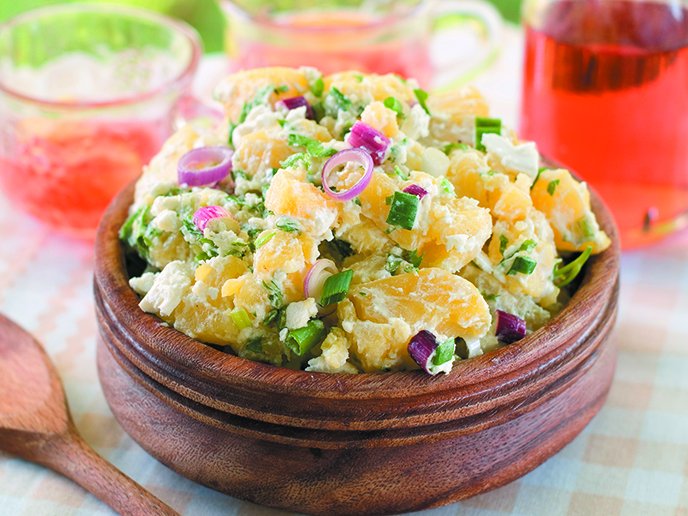
INTO THE DANGER ZONE: Picnic and outdoor-grilling safety starts with minimizing the time food is in the temperature “danger zone” between 40 and 140 degrees Fahrenheit. In these temperatures, bacteria such as salmonella, campylobacter and E. coli can double in as little as 20 minutes.
So when thawing frozen meat or poultry before grilling, plan ahead so there’s time to do so in the refrigerator – never out on the kitchen counter. In a pinch, you can thaw sealed packages in cold water. Microwave defrosting is safe if food will be cooked immediately.
Never leave food out of refrigeration more than two hours – no more than one hour if the mercury is above 90 degrees. Use insulated coolers and plenty of ice or ice packs; keep coolers in the shade. Pack beverages in a separate cooler so you’re not warming perishables every time you open the lid. Don’t forget extra ice for leftovers.
Avoid cross-contamination at the grill by using different utensils and platters for raw and cooked food. If away from home where there is no source of clean water, pack moist towelettes, a bottle of hand sanitizer and water for washing up.
BURGERS, POTATO SALAD: Some popular summertime foods are also particularly prone to pathogens. Ground meats like hamburger pose a greater risk than whole cuts like steaks or chops because bacteria on the surface get ground into the interior. That’s why it’s important to cook ground beef to a minimum internal temperature of 160 degrees. Use a thermometer to make sure – don’t rely on the absence of pink color. (Never partially pre-cook burgers to finish later on the grill, which encourages micro-organisms to multiply so much that subsequent cooking can’t eliminate them.)
Ground beef is especially vulnerable to E. coli, which colonizes in the intestines of animals and can contaminate meat at slaughter; a single hamburger may contain meat from dozens of animals. E. coli can survive refrigerator and freezer temperatures and multiply in conditions as cold as 44 degrees – so imagine what they do in the warmth of a picnic or barbecue party!
Potato salad, another summertime staple, often gets blamed for subsequent stomach ills, but there’s nothing uniquely dangerous about this dish. Instead, blame moisture and poor refrigeration practices, along with cooked potatoes, which make a dandy growth medium. Store-bought mayonnaise does not encourage bacteria, although homemade mayo can if not kept cold. If you embellish your potato salad recipe with hard-boiled eggs, Rasmussen adds, make sure the egg yolks are well-cooked. If the yolks happen to be runny, discard them.
CHICKEN CAUTIONS: Just as in your home kitchen, chicken is a prime suspect in foodborne illness at the grill. Salmonella and other bacteria in raw chicken or its juices can cross-contaminate your whole picnic. Pack a sanitizing spray or bleach solution (one teaspoon per quart of water) to clean surfaces, and use separate utensils and tongs for raw and cooked poultry.
Don’t bother, however, rinsing raw chicken before it hits the grill – doing so just risks contaminating other surfaces. Only heat can destroy the bacteria on and in raw chicken.
That’s why your only guarantee of grilled-chicken safety is a meat thermometer. Chicken that’s no longer pink inside can still harbor bacteria, and chicken that looks pink from hemoglobin or smoking may be safe to eat. Insert in the thickest part of the breast and check often until the temperature reaches a safe minimum of 165 degrees. As with burgers, never pre-brown or partially cook chicken to finish later.
PRODUCE PATHOGENS: Perhaps surprisingly, a 2013 federal report analyzing 10 years of data on foodborne disease outbreaks estimated that almost half were linked to contaminated produce. Fruits and vegetables can become contaminated by bacteria where they’re grown or after harvesting, in preparation or storage. Buying organic produce can limit pesticide exposure, but doesn’t prevent bacterial contamination. Washing can help, but produce contamination is the trickiest to avoid. (Pre-washed, packaged greens like spinach or lettuces don’t need to be washed again, which only exposes them to potential contaminants in your kitchen.)
To make your picnic produce safer, the FDA advises:
– Bag fresh fruits and vegetables separately from meat, poultry and seafood.
– Avoid produce that’s bruised or damaged.
– When choosing fresh-cut produce, such as half a melon or bagged mixed greens, pick only items that are refrigerated or surrounded by ice.
– Store perishable produce, including berries, lettuce, herbs and mushrooms, as well as all pre-cut or peeled produce, at 40 degrees or below.
– Thoroughly wash all produce – including organics and produce you plan to peel – under running water just before eating, cutting or cooking. Using detergent or commercial produce washes is not recommended. Scrub firm produce, such as melons and cucumbers, with a clean brush.
– To further reduce bacteria, you can wipe washed produce with a clean cloth or paper towel.

